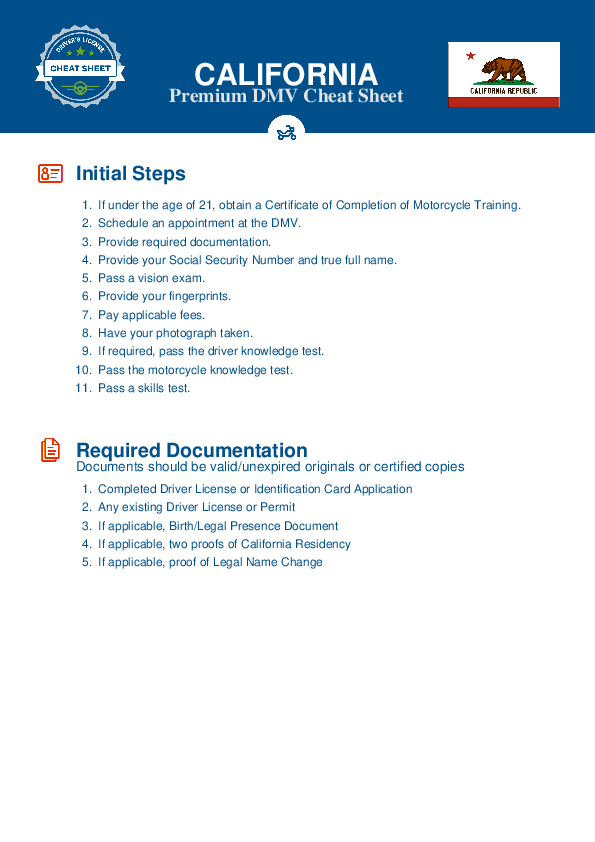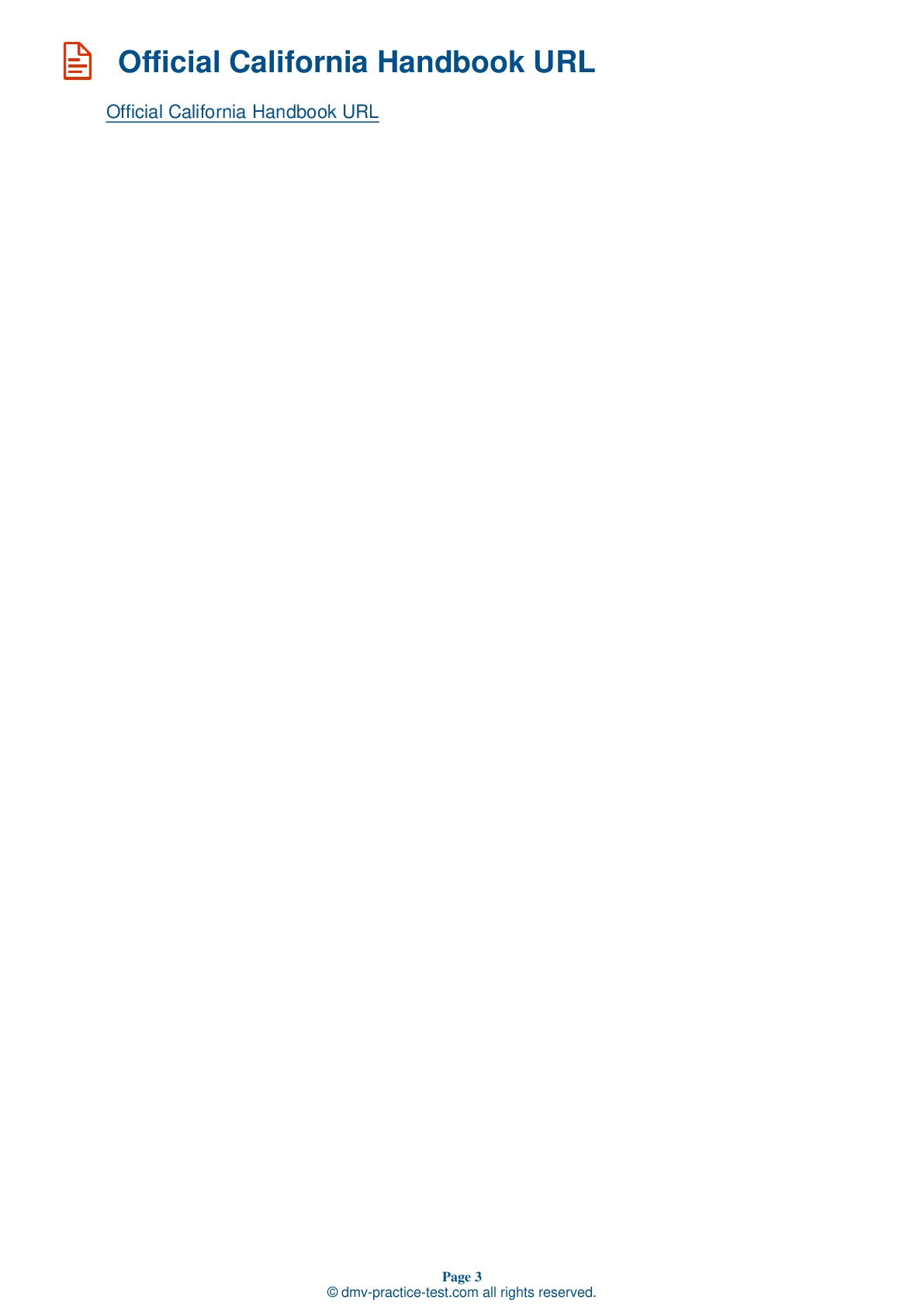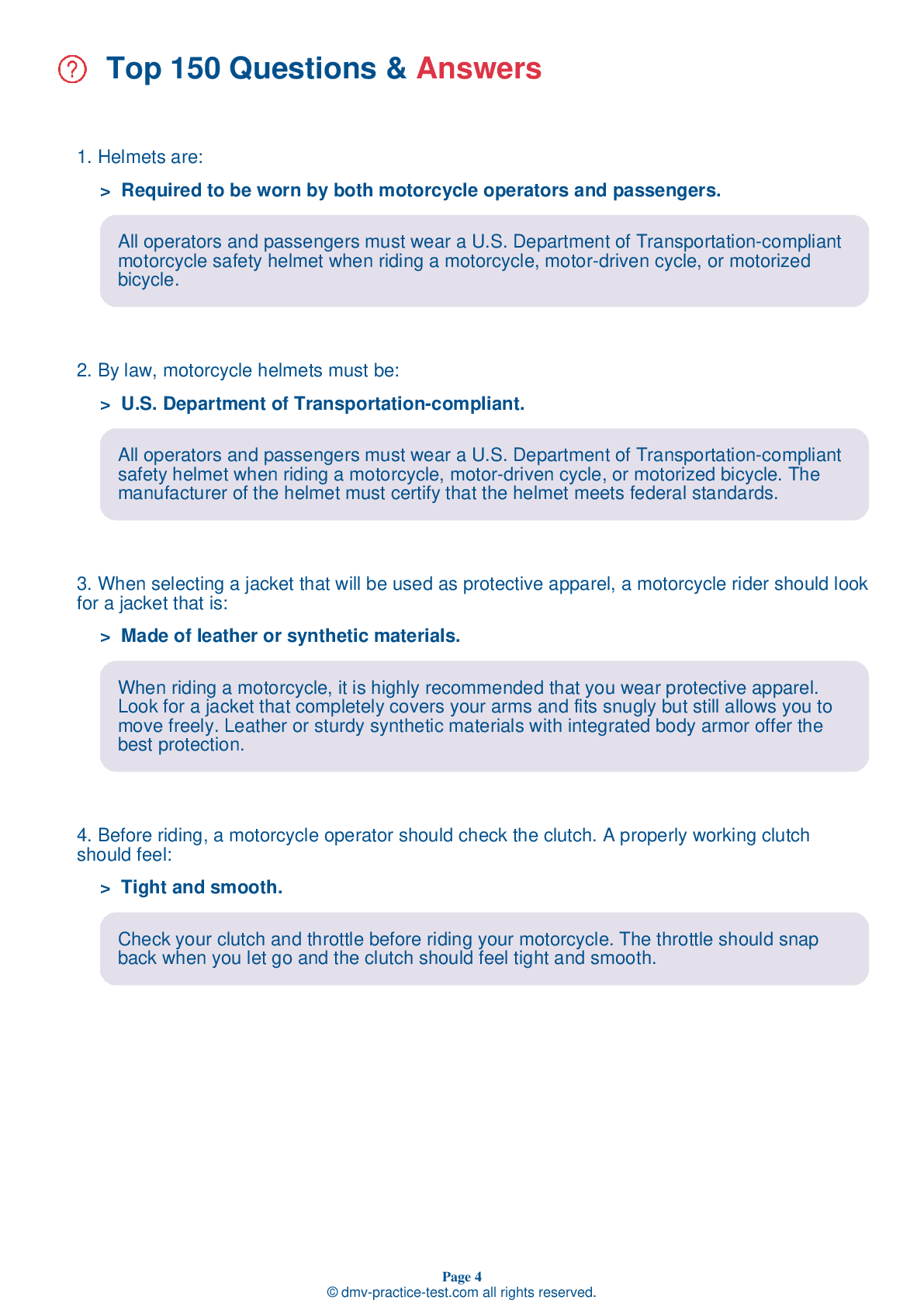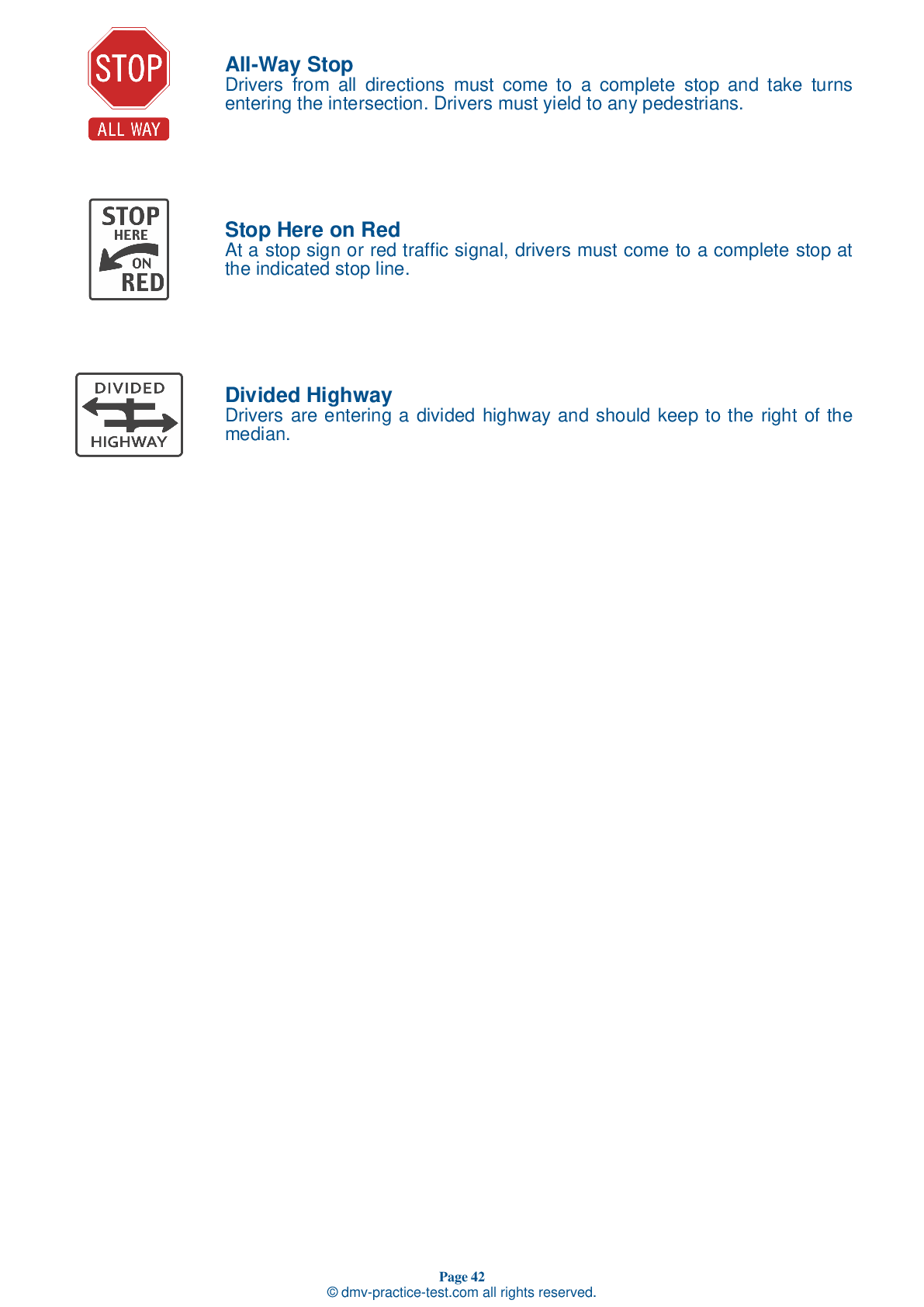Motorcycle Test | License CA 2025 | FREE Online Practice! #15 Page 2 of 4
Take this FREE motorcycle test (license in CA 2025) to check your knowledge of the road rules. To improve your results, download a motorcycle handbook online, study theory, and practice for free on our website. Still worried about how to get a motorcycle license in California in 2025? Check our website for more sample tests, train as much as possible, and boost your grades!
9 . If your motorcycle starts to weave while riding over uneven metal bridge gratings, you should:
If your motorcycle begins to weave while riding over uneven rain grooves or bridge gratings, simply relax and proceed straight across the grooves at a steady speed. Steering in a zigzag pattern as you cross gratings is more dangerous than the weaving.
10 . It is illegal to operate a motorcycle with a minimum blood alcohol content (BAC) of:
In California, it is illegal for a person age 21 or older to operate a motorcycle with a blood alcohol content (BAC) of 0.08 percent or higher. For a person under the age of 21, it is illegal to operate a motorcycle with a BAC of 0.01 percent or higher. It may be unsafe to operate a motorcycle even if you are under the legal limit.
11 . You will get the most protection from a helmet if it is all of the following, except:
A helmet will provide a rider with the best protection if it meets U.S. Department of Transportation (DOT) standards; fits snugly all the way around; and has no obvious defects, such as cracks, loose padding, or frayed straps.
12 . HOV lanes can be used by motorcyclists:
In California, motorcyclists are generally allowed to use High Occupancy Vehicle (HOV) lanes. Be alert to and obey any posted signs prohibiting motorcyclists from using HOV lanes.
13 . When passing, you:
Passing must be completed within posted speed limits. Only pass another vehicle where it is safe and legal to do so.
14 . To avoid confusing other drivers, you should:
After completing a turn or lane change, deactivate your turn signal. Leaving your signal on after moving to the right or left can confuse other road users.
15 . This sign means:
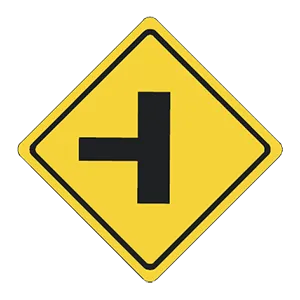
This sign indicates that there is an intersection with a side road ahead.
16 . If you have only one drink before riding:
Impairment of riding skills begins with the first drink. If you have consumed alcohol in any amount, it is not safe to ride.
See the exact questions that will be on the 2025 California DMV exam.
99.2% of people who use the cheat sheet pass the FIRST TIME
Jeneen was tired of paying $5/gallon. She got herself a scooter that required the motorcycle license. She studyed the motorcycle test cheat sheet and passed her test the next day!
Christopher tells us how he knew nothing prior to obtaining the motorcycle study guide, and he only got one question wrong because he clicked on the wrong answer by mistake.
